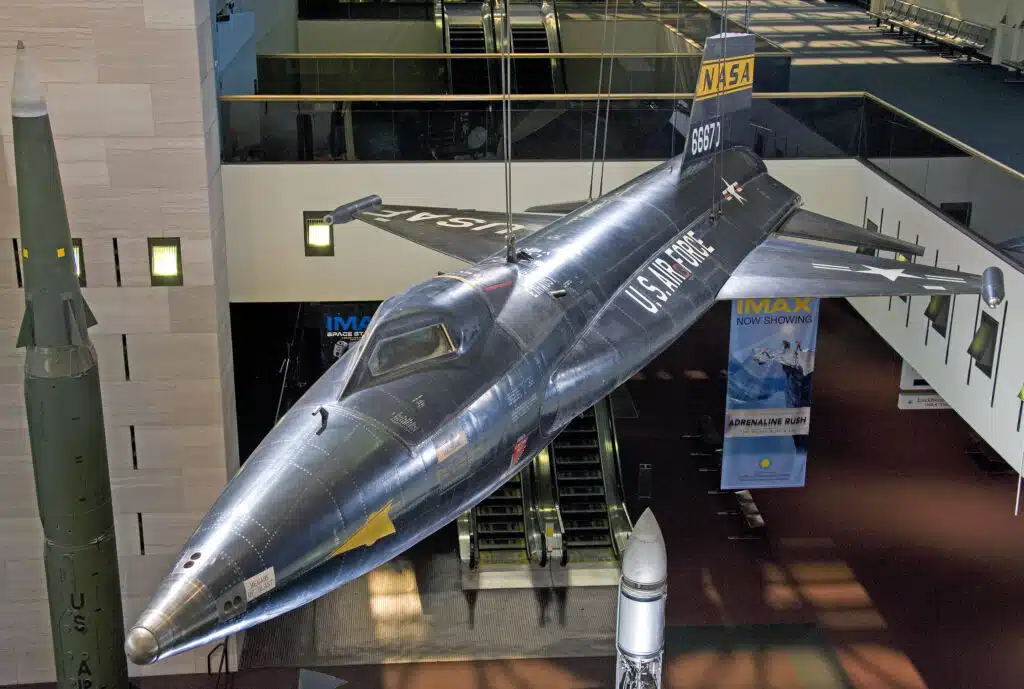Mach 10 is faster than a bullet. Here is how close we have come to flying it
Published on Jul 19, 2025 at 11:00 AM (UTC+4)
by Keelin McNamara
Last updated on Jul 15, 2025 at 4:29 PM (UTC+4)
Edited by
Emma Matthews
Flying at Mach 10 is so speedy, it’s actually faster than a bullet.
It represents an object traveling at 10 times the speed of sound.
In fact, flying at Mach 10 would represent an incredible feat of engineering.
And it turns out that humanity has come mighty close to flying it.
DISCOVER SBX CARS: The global premium car auction platform powered by Supercar Blondie
Humans push the limits of Mach 10 travel
The goal of achieving Mach 10 is not actually a new one.
As a matter of fact, the overall effort goes all the way back to the 1940s.
The story starts in 1947 when a man named Chuck Yeager broke the sound barrier.
Going faster than Mach 1 proved that innovation and research could achieve something remarkable.
20 years later, 1967 saw the NASA North American X-15 hit Mach 6.7.
Not only did this flight make history, but the speed hasn’t been beaten in a manned craft since then.

As a point of comparison, the famous Lockheed SR-71 ‘Blackbird’ only achieved Mach 3.
The SR-71 “Blackbird” achieved this in 1976 while flying at over 85,000ft.
So, how close has humanity actually come to breaking Mach 10, then?
Well, it’s much closer than you probably think it is.
Back in 2004, NASA built the X-43, an unmanned, scramjet-powered aircraft.
The X-43 reached the mind-blowing speed of Mach 9.6 21 years ago.
It was released from a B-52 bomber, with the flight lasting for just 10 seconds.
After reaching its historic speed, the X-43 glided for 10 minutes before crashing into the Pacific Ocean.
Reaching hyperspeed comes with a lot of issues
Reaching Mach 10 and traveling faster than a bullet is much harder than it sounds, and it comes with a raft of issues.
It seriously affects the human body due to the extreme acceleration forces involved.
Pulling enormous G-forces can force blood to/from the head, with serious repercussions.
In fact, pilots can see vision fade, as well as even blacking out in extreme examples.
Pushing Mach 10 boundaries also involves higher altitude.
Decompression sickness is common in the human body after flying over 25,000ft.

Another key concern is what would happen in the event of an emergency.
If a manned aircraft were capable of flying at Mach 10, ejecting would be impossible.
No mechanism would be able to safely eject a human at that level of speed.
And exposure to the elements at such speed and height would mean almost certain death.
The evolution of the Mach 10 push will be an amazing one to witness.
Do you think we will see humans break the Mach 10 barrier and travel faster than a bullet in our lifetime?
Keelin McNamara is a content writer at Supercar Blondie from Ireland, covering cars, technology, and lifestyle. Despite being a Law graduate, he discovered his passion for journalism during the COVID-19 pandemic, and has worked in the industry ever since. Outside of work, he is an avid MotoGP fan, and is a self-confessed addict of the sport.




